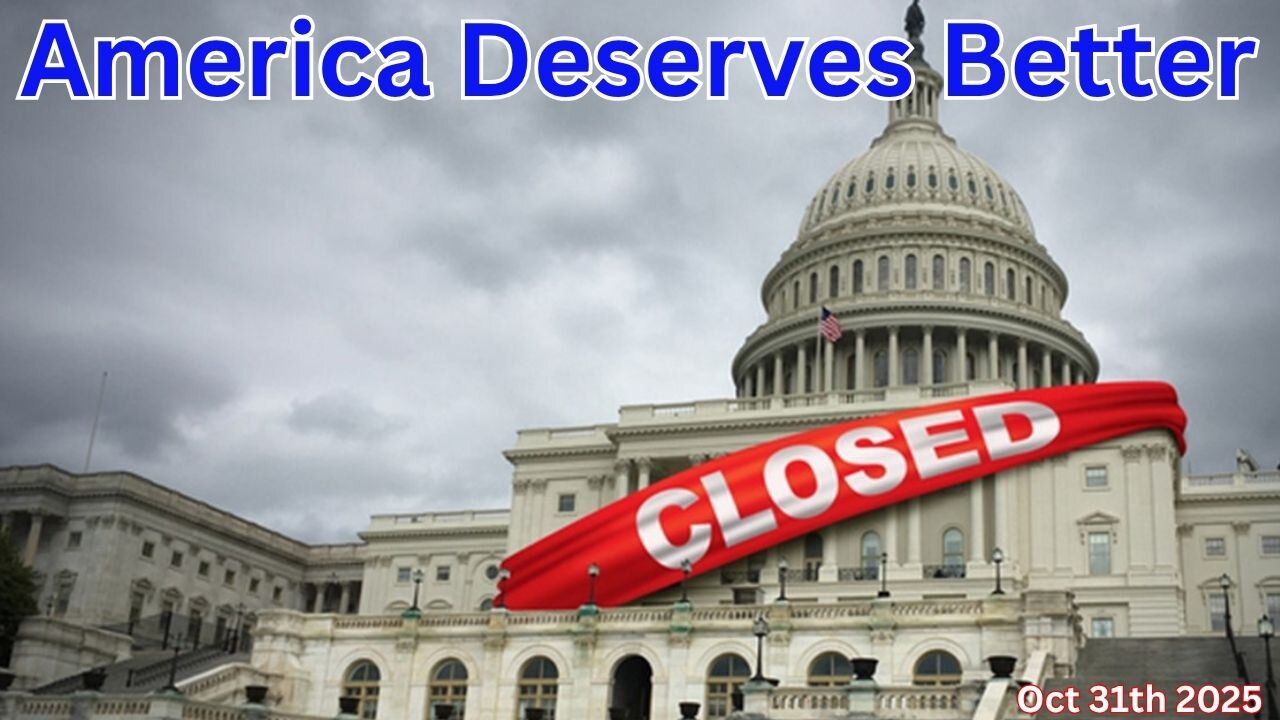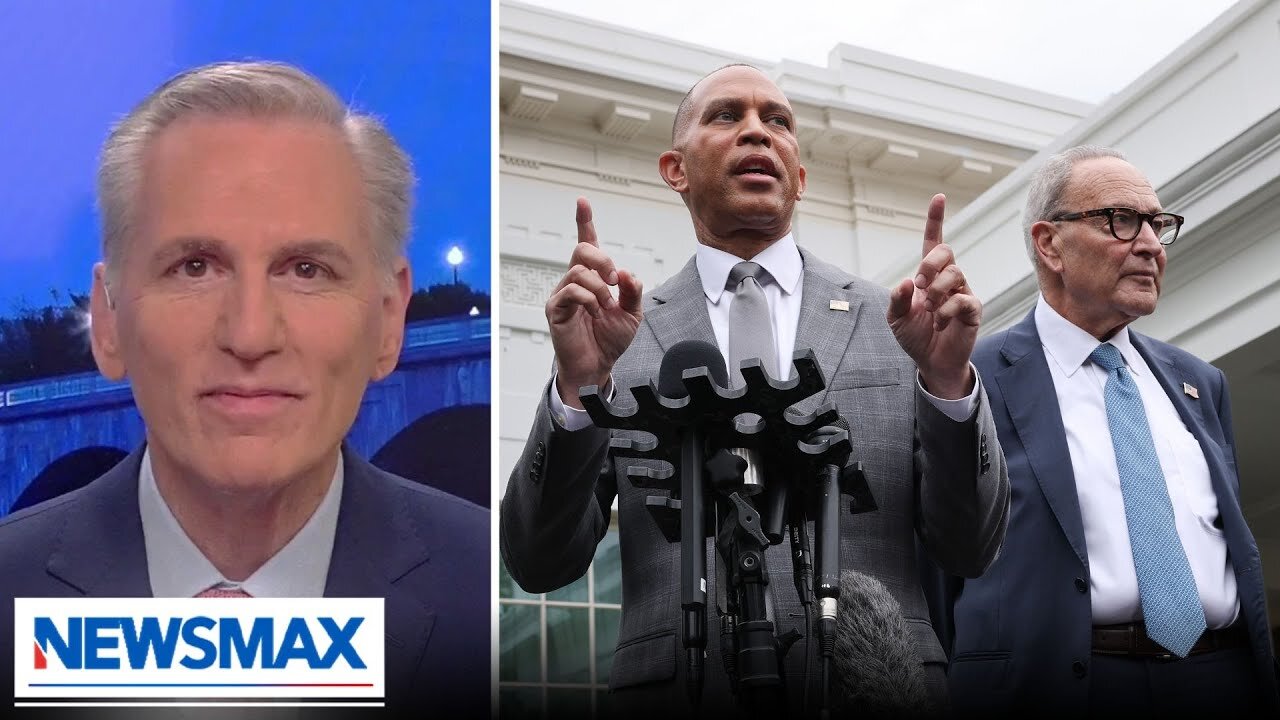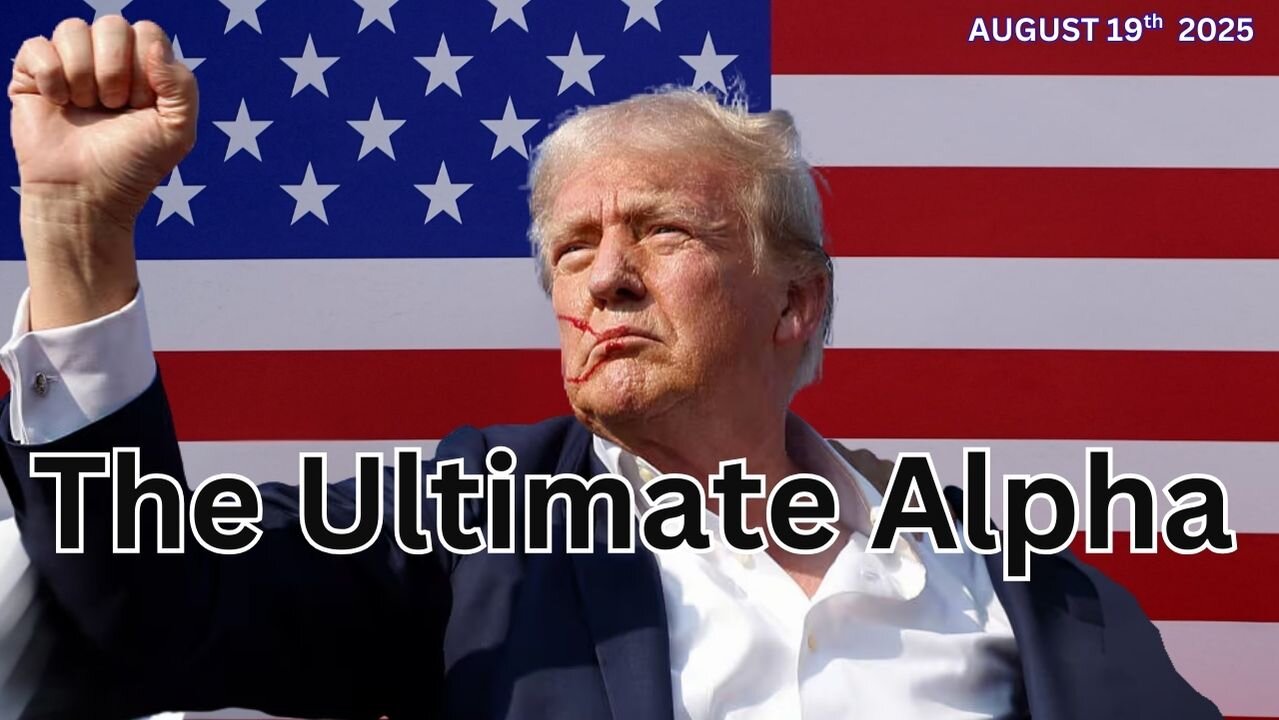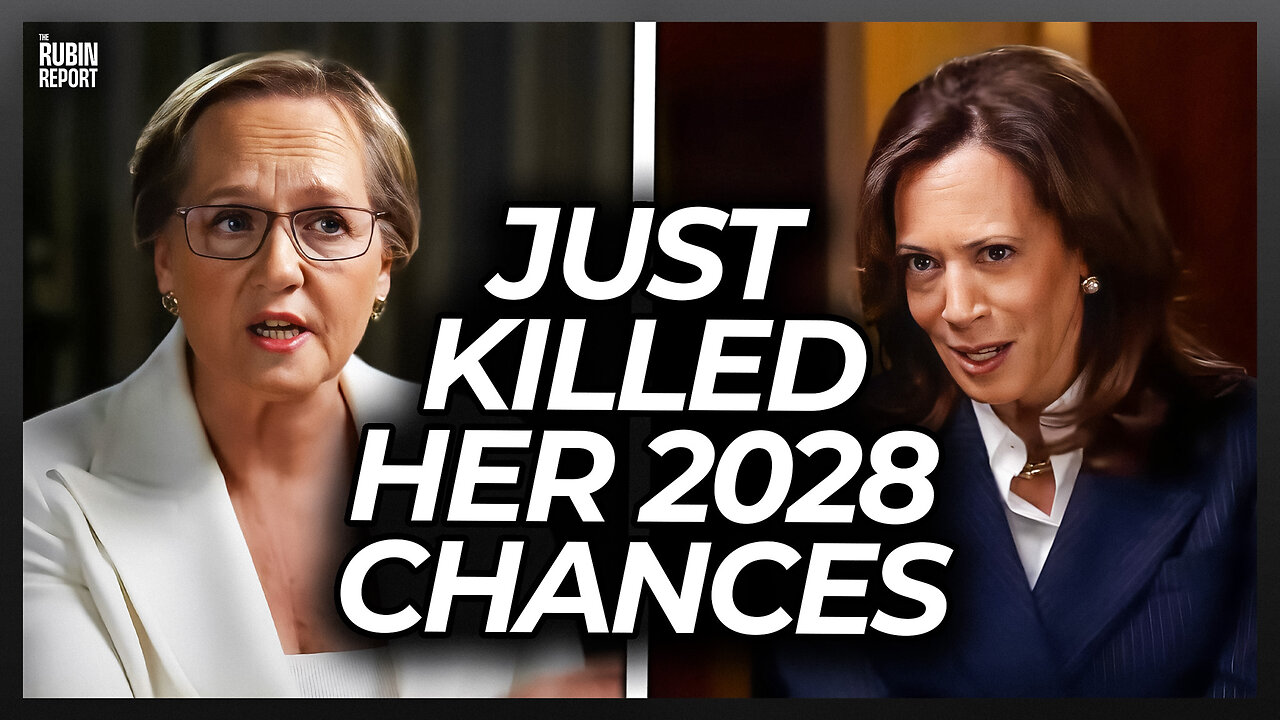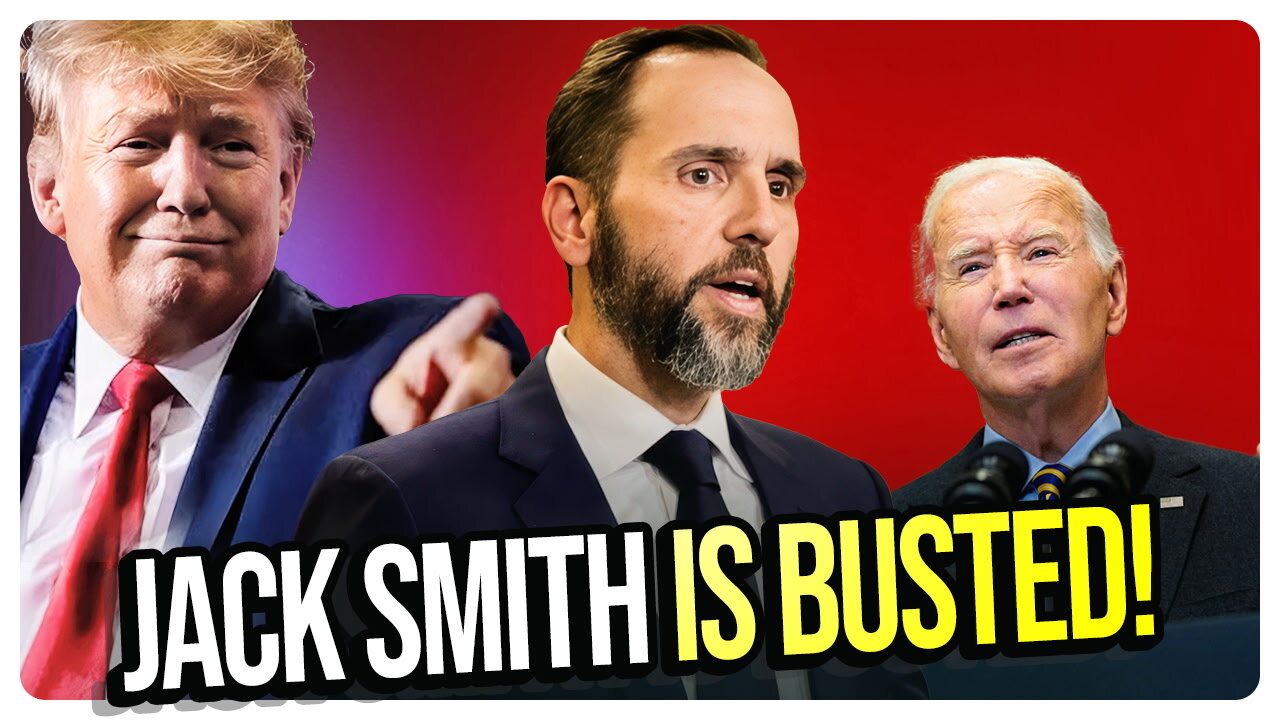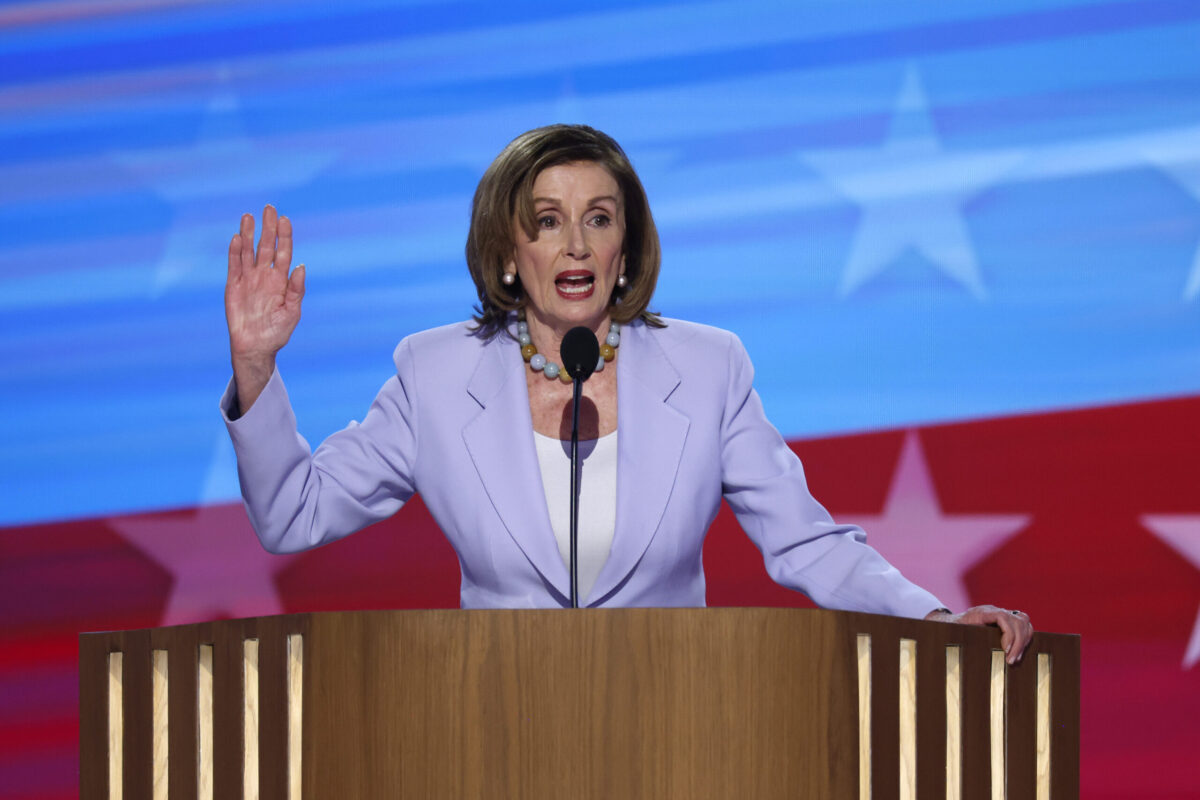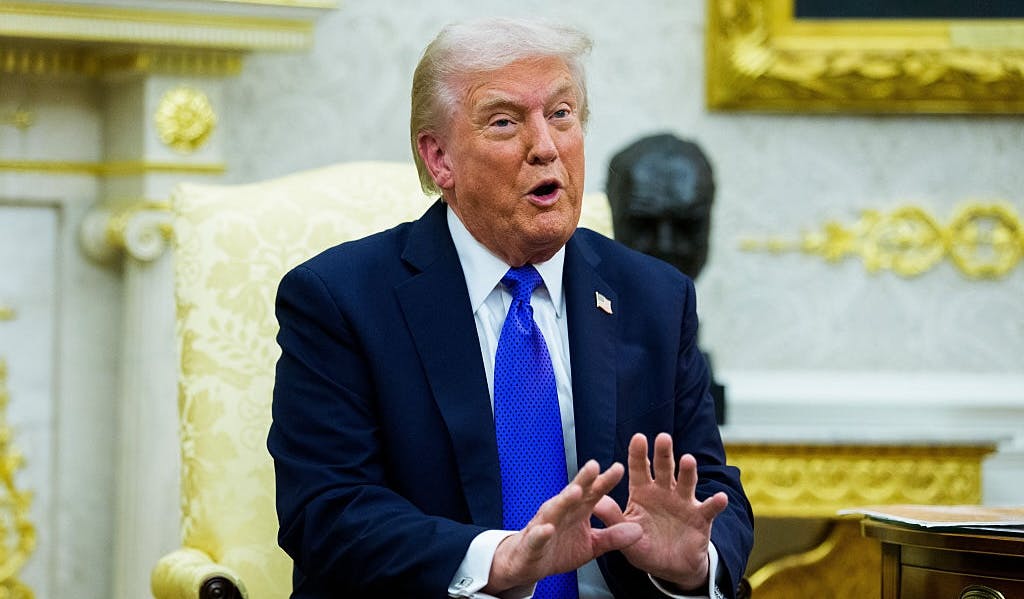A Big Beautiful Idea to Cut Taxes, Regulation, Inflation, and the Trade Deficit

In recent comments marking the first 100 days of his second term, President Donald Trump stated that his attention will next focus on efforts to reach a “big beautiful new deal” in Congress to enact significant reductions in federal taxes and regulations.
The president’s commitment is good news for all of us. Federal taxes impose a significant economic burden. The average middle-income American family pays more than $10,000 in federal taxes each year. And, on top of taxes, the federal government imposes an enormous additional economic burden on American households through massive regulations that direct and restrict virtually every aspect of our daily existence.
Unlike taxes, the cost of federal regulations is largely hidden. There is no agreed upon procedure to capture and make public the costs that businesses and individuals must incur to comply with the regulations that govern their operations and activities.
Some analysts estimate that the total cost to comply with federal regulations now exceeds $2 trillion per year. To cover their compliance costs, American businesses are forced to raise the prices they charge for the goods and services they sell. Businesses are also forced to cut their other costs, reducing what they can spend on wages, employee benefits, research and development, and production facility upgrades.
Regulatory compliance costs impose a tremendous burden across the American economy—a hidden tax that we all pay in higher prices and smaller paychecks. If this hidden $2 trillion tax were spread evenly to all American households, the share for each household would amount to approximately $15,000 per year—50% more than the federal taxes paid by a middle-income American household!
The $2 trillion figure is just one estimate. Another, by the National Association of Manufacturers, puts the total cost to comply with federal regulations at more than $3 trillion per year.
On the other hand, progressive advocates for federal regulation argue that compliance costs are much lower than either figure, and certainly lower than the societal benefits that result from regulation.
In the absence of an agreed upon procedure to calculate regulatory compliance costs, there is no way to reconcile such differences. There is no way to collect and disseminate a single set of data that could support an informed public debate about the cost and benefits of federal regulation; no way to quantify and make public the hidden cost of federal regulation. At least until now.
Congress is hard at work on the president’s big, beautiful tax and budget bill. Republican leaders are hoping to complete work on the legislation and send it to the president by the Fourth of July. With that bill, Congress has a historic opportunity to bring transparency to the hidden cost of federal regulations and turbocharge the American economy. It should do so by amending the tax code to include a fully refundable and transferable tax credit for 100% of the actual costs a regulated entity incurs for complying with federal regulations.
It is entirely appropriate to reimburse regulated entities for their compliance costs. Such costs are not fines or penalties or awarded damages resulting from some failure to comply with regulatory requirements. Such costs are incurred by blameless entities in the normal course of business to maintain compliance with regulations. The supposed societal benefits of such regulations are dispersed to taxpayers in general. The tax credit would simply provide a mechanism for those benefited taxpayers to reimburse the entities that funded the benefits.
The tax credits claimed by regulated entities would clearly record the total cost of compliance with federal regulations and would provide the kind of information that could finally support a meaningful national discussion about the true costs and benefits of regulation.
By eliminating the need for regulated entities to absorb and/or pass through their compliance costs in the prices of their goods and services, the tax credit would eliminate the enormous inflationary pressures and other economic distortions that currently result from the imposition of trillions of dollars of regulatory burdens: higher prices, lower wages, and the diversion of capital from productive applications to compliance.
By imposing the incremental cost of regulations on the regulator instead of the regulated, the tax credit would significantly reduce the future number and scope of new regulations by compelling the federal government to take seriously the cost of its regulations.
A tax credit equally available to all regulated entities would also eliminate the economic incentives that larger, established companies currently have to support burdensome regulations that drive their smaller, less well-established competitors out of business.
Unlike the tax deduction against income currently available for compliance costs, reimbursement would not be contingent upon an entity having taxable income. All would be treated equally.
The tax credit would be fully self-funding because compliance costs will be incurred, and credits claimed, only when the government determines that the societal benefits of a new regulation will justify the compliance costs to be charged to the government.
Finally, the tax credit would provide a uniquely compelling economic incentive for businesses all over the world to locate or expand their operations in the United States, turbocharging other efforts underway to revitalize American manufacturing, correct the trade deficit, and expand job opportunities for American workers.
Republican leaders are pressing ahead to complete work on tax and budget legislation for the president’s signature by the Fourth of July. If they include this regulation compliance cost tax credit, the legislation will, indeed, be a big beautiful bill—and a grand birthday present to our country.
We publish a variety of perspectives. Nothing written here is to be construed as representing the views of The Daily Signal.
The post A Big Beautiful Idea to Cut Taxes, Regulation, Inflation, and the Trade Deficit appeared first on The Daily Signal.
Originally Published at Daily Wire, Daily Signal, or The Blaze
What's Your Reaction?
 Like
0
Like
0
 Dislike
0
Dislike
0
 Love
0
Love
0
 Funny
0
Funny
0
 Angry
0
Angry
0
 Sad
0
Sad
0
 Wow
0
Wow
0





























